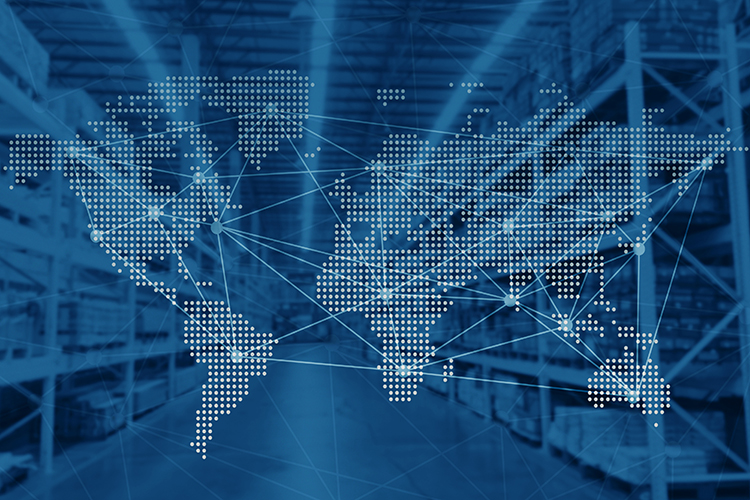
Despite the challenges surrounding exports in 2021, U.S. dairy farmers and processors hit a record $7.75 billion in sales. While that should be celebrated, the U.S.’s main competitors have fared better through much of the pandemic supply chain backup than America. During the May 18, 2022, Hoard’s Dairyman DairyLivestream, panelists described a few of the disadvantages that have plagued the U.S.
National Milk Producer Federation’s (NMPF) Shawna Morris shared that, initially, the U.S. port struggles were amplified . . . especially when compared to major competitors in Europe and New Zealand. Over the course of the last few months, that has shifted.
“In talking to colleagues from the European Union more recently, when they were here for visits, that seems to have increased in terms of the pressure and the challenges that they're dealing with at this stage as well,” she explained. “They definitely spoke of things having become much more difficult than they were previously.”
Unfortunately, she has also heard that many of the key Asian markets perceive that the supply issues are worse in the U.S. than they are where these competitors hail from.
“In the case of New Zealand, obviously they have a proximity advantage for some of the markets, giving them a little bit of a natural leg up, particularly in terms of the shipping costs,” she said.
Another point of consideration shared by NMPF’s senior vice president of trade policy was the proximity other countries’ dairy production areas have to their ports.
“If you think about the scale of the U.S., and where we're exporting a decent chunk of our dairy from, where a lot of our farms are, compared to some of those key competitors, that their countries are just much smaller, and the exporters are going to be naturally positioned closer to some of the facilities versus the distances that Midwest companies have to travel to be able to get product out,” Morris concluded.
For example, Proliant Inc., which is based in Minnesota and Michigan, has seen an 11-to-12-cent jump in the cost of getting products to ports.
“Again, for most facilities located in the Midwest like ours, having to truck product to the port is nonsustainable, especially for high-quality, low-cost ingredients that we are shipping overseas,” explained Proliant’s vice president of sales and marketing, Gabriel Sevilla.
“Adding 11 to 12 cents per pound and 30 to 45 days — or sometimes even more — to truck this type of product to the port makes it uncompetitive, and we had to do some of this because we had no options to get product to our customers, but it’s different than higher priced exports,” he continued. “Agriculture and a lot of dairy products cannot sustain that increase in costs.”
To watch the recording of the May 18 DairyLivestream, go to the link above. The program recording is now also available as an audio-only podcast on Apple Podcasts, Spotify, Google Podcasts, and downloadable from the Hoard’s Dairyman website.
Register to continue receiving updates
The next broadcast of DairyLivestream will be on Wednesday, June 15 at 11 a.m. CDT. As of January 2022, we moved to a new system. If you have not yet, you will need to re-register to continue receiving email updates and links to the webcasts. You can sign up here now. Registering once will sign you up you for all future events.







